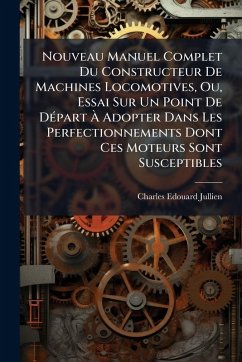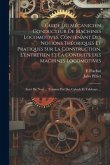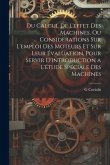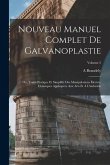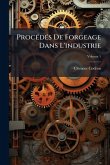Nouveau Manuel Complet Du Constructeur De Machines Locomotives, published in 1842, offers a detailed exploration of locomotive engine construction. Authored by Charles-Edouard Jullien, this manual provides a starting point for understanding and improving these engines. Written in French, the book provides insights into the technological landscape of the 19th century, highlighting the engineering practices and innovations of the time. This historical text is invaluable for those interested in the history of mechanical engineering, railroad technology, and the evolution of locomotive engines. It offers a glimpse into the past, showcasing the ingenuity and craftsmanship involved in building these powerful machines. This work has been selected by scholars as being culturally important, and is part of the knowledge base of civilization as we know it. This work was reproduced from the original artifact, and remains as true to the original work as possible. Therefore, you will see the original copyright references, library stamps (as most of these works have been housed in our most important libraries around the world), and other notations in the work. This work is in the public domain in the United States of America, and possibly other nations. Within the United States, you may freely copy and distribute this work, as no entity (individual or corporate) has a copyright on the body of the work. As a reproduction of a historical artifact, this work may contain missing or blurred pages, poor pictures, errant marks, etc. Scholars believe, and we concur, that this work is important enough to be preserved, reproduced, and made generally available to the public. We appreciate your support of the preservation process, and thank you for being an important part of keeping this knowledge alive and relevant.
Bitte wählen Sie Ihr Anliegen aus.
Rechnungen
Retourenschein anfordern
Bestellstatus
Storno

